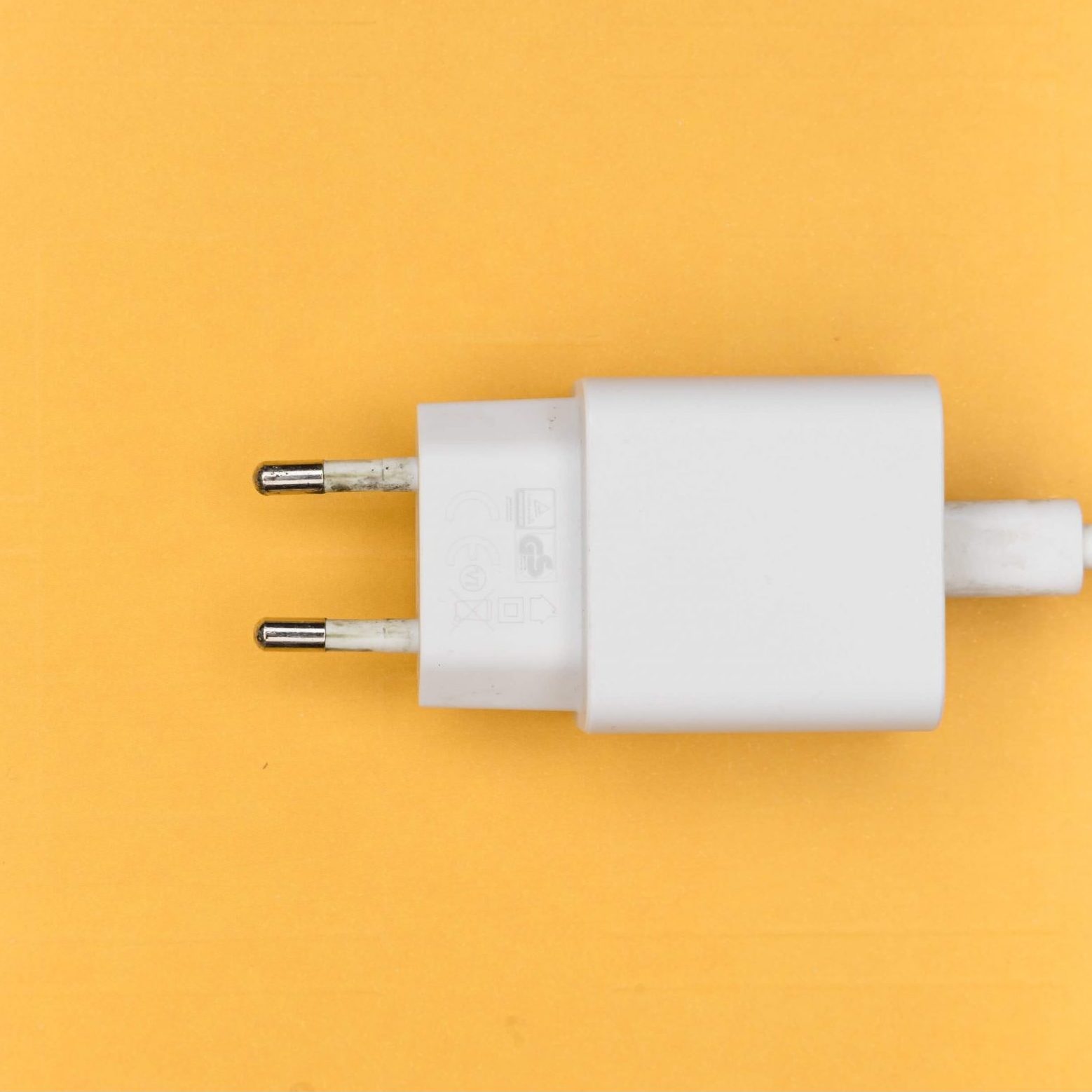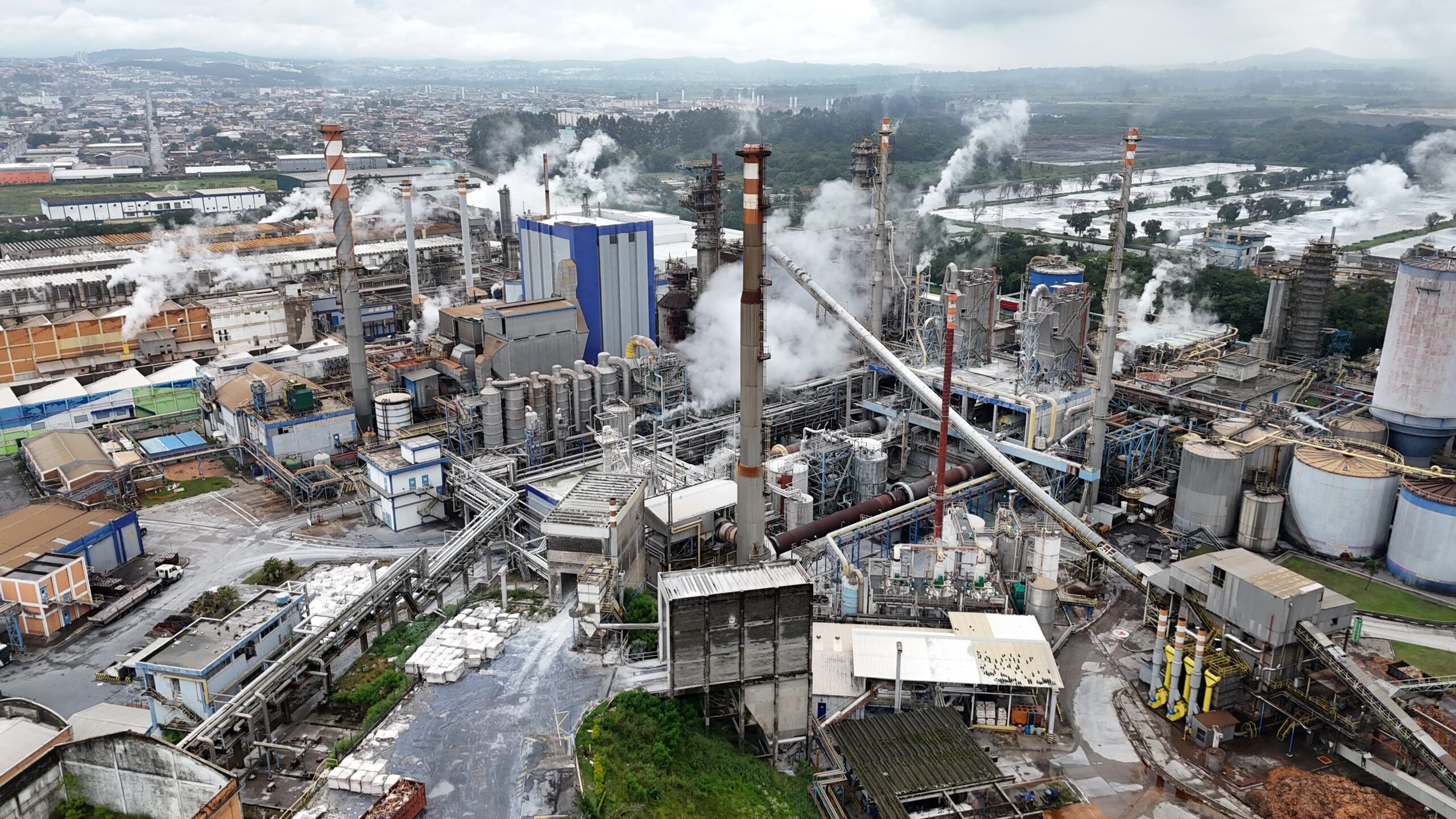Energy
The future of cleantech: beyond renewables

Renewables are just one branch of a new movement called cleantech: towards a more digitized, carbon-neutral and resource-efficient future.
Renewable energies are just one branch of a new movement called cleantech: towards a more digitized, carbon-free and resource-efficient future.
Cleantech, or clean technologies, sometimes also called greentech, encompasses renewable energies, and goes one step further: it encompasses innovation-driven sustainable growth opportunities.
Clean technologies seek to achieve long-term climate, air and water quality and energy access goals first. They also include the innovative application of technology to sustainable solutions in agriculture, the food chain, transportation and logistics. Finally, they consider innovation in manufacturing processes, industrial biotechnology and new molecules and materials for batteries, for example.
Are clean technologies the same as Net Zero?
We can say that what we call clean technologies include all the technologies that are being researched and developed to achieve a Net Zero civilization.
Rosa Sanz, Non-Executive Director of Zero Waste, Suma Capital and Member of the Future Trends Forum Spanish Council, recently told us what Net Zero means: “limiting greenhouse gas (GHG) emissions into the atmosphere to what we are able to absorb or remove“.
As we can see from the definition provided by Rosa, clean technologies encompass more than just those that we want to apply to become Net Zero and will be a field full of opportunities for entrepreneurship, investment and professional careers.
Classification of clean technologies
The following is a classification of clean technologies by field of application:
– Renewable energy
– Agriculture and food chain
– New molecules and materials, new manufacturing processes
– Environment and natural resources
– Transportation and logistics
In this article, we are going to focus on renewable energies, and we will be publishing articles on the other four areas.
For each of the areas, we will see which technologies are included, what are the most important trends and some startups that are making headway:
Renewable energies
Renewable energies are obtained not from fossil fuels—as is the case with conventional energies—but from natural resources, with unlimited renewal potential and, moreover, with minimal or no polluting effect. These include wind, geothermal, hydroelectric, tidal and solar energy.
Clean technologies include next generation renewable energies and the tremendous potential of green hydrogen as a fuel.
There are other emerging technologies, such as floating offshore wind, smart grids and universal access to clean energy.
In addition to the problem of energy generation, there is also the problem of energy storage. Driven by the automotive sector, these technologies will eventually find their way into energy storage for homes and buildings, as well as for devices such as smartphones and laptops. A multitude of initiatives are underway to reduce the production costs and size of batteries. New lithium-ion batteries, silicon anodes and metallic battery technology are some of the most interesting.
Finally, a note on technologies that attempt to innovate in energy transport, i.e., the process of transmitting energy from where it is produced to where it will be consumed. There are companies, such as the North American TS Conductor, innovating in new types of electrical conductors that can increase the capacity of existing lines 2.5 times without having to change or readapt the existing support infrastructure (for example, poles or towers). So says Future Trends Forum expert Gordon Feller in a recent article.
Trends in renewable energies
One of the most interesting trends is the technology for obtaining energy from deep sea currents. Eighty percent of the world’s potential marine energy resources can be obtained in waters deeper than 60 meters and remains an untapped market.
Another key trend will be the production of green hydrogen, where Spain is very well positioned. By the end of 2022, Spain will have the first public service hydrogen station in Spain, using green hydrogen generated on site with solar energy. This is an application of developments carried out by CSIC researchers.
Successful renewable energy startups
Skeleton Technologies is one successful startup dedicated to the research, development and commercialization of graphene-based ultracapacitors. This Estonian startup has received more than €200 million in funding since its founding in 2009.
Another example is the German startup Sunfire, a specialist in electrolyzers that produce green hydrogen and syngas, a mixture of hydrogen and carbon monoxide, from renewable electricity, water vapor and captured CO2.
Then, there is Spanish Graphenea, a company founded in 2010 that is currently a world leader in high-quality, high-purity graphene, which is used, among other things, as we have just mentioned, to create ultracapacitors.
Finally, I would like to mention the immense possibilities of the energy that could be obtained from nuclear fusion technology: it could produce large amounts of energy from abundant fuels, with great safety, and with almost no waste or greenhouse gas emissions. At present, this field is still in a very experimental phase, but according to experts such as Jesús Izquierdo, nuclear engineer at Fusion For Energy (F4E), it could become a reality, at the earliest, in the second half of this century.





